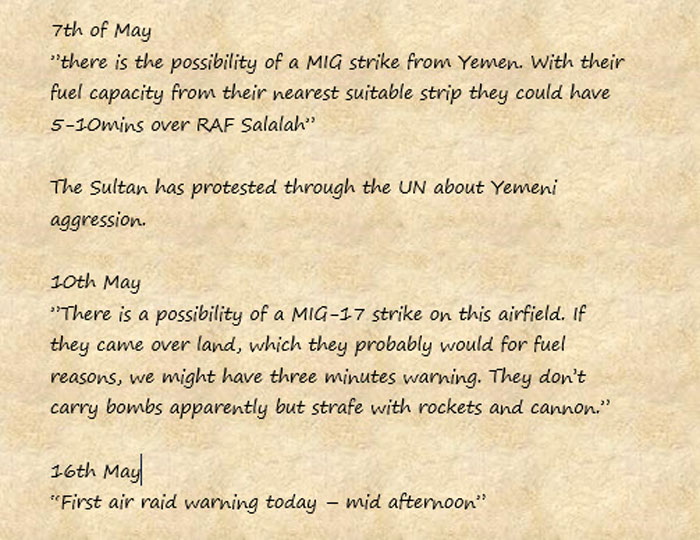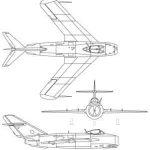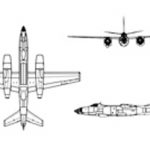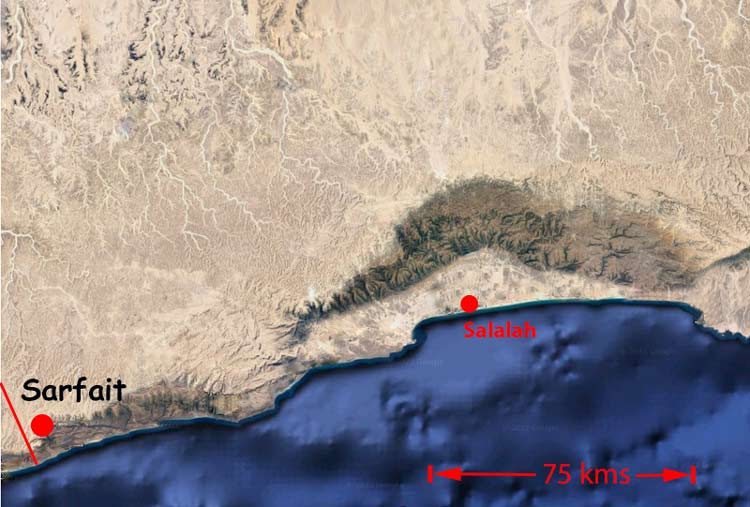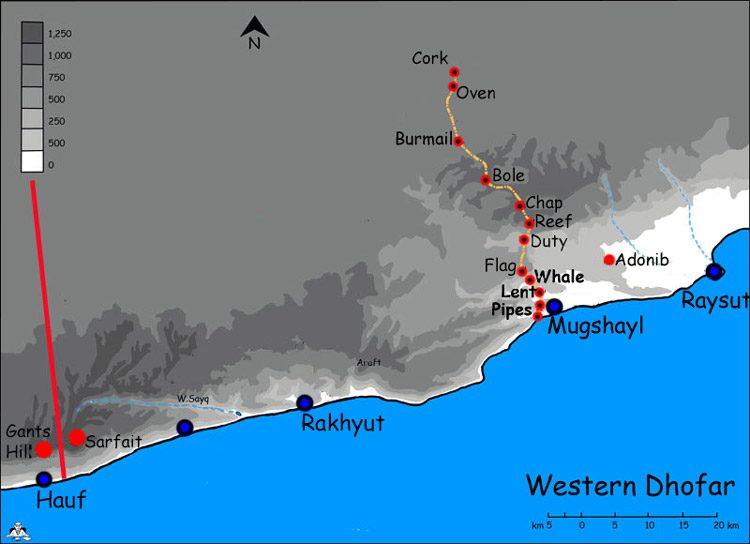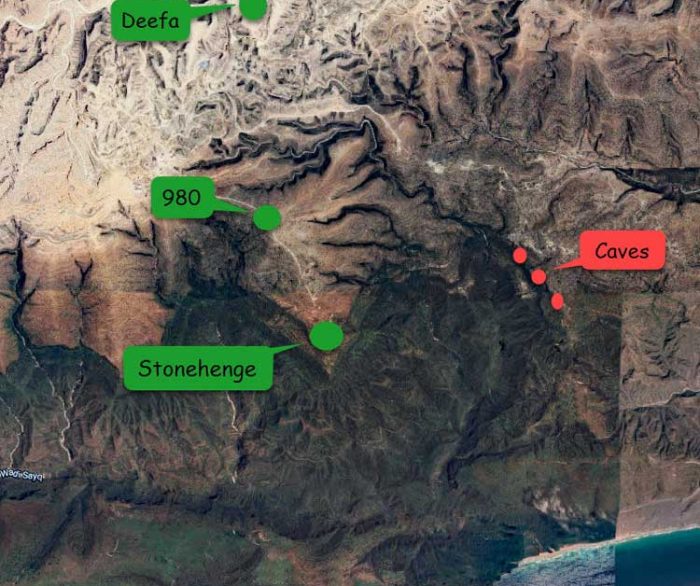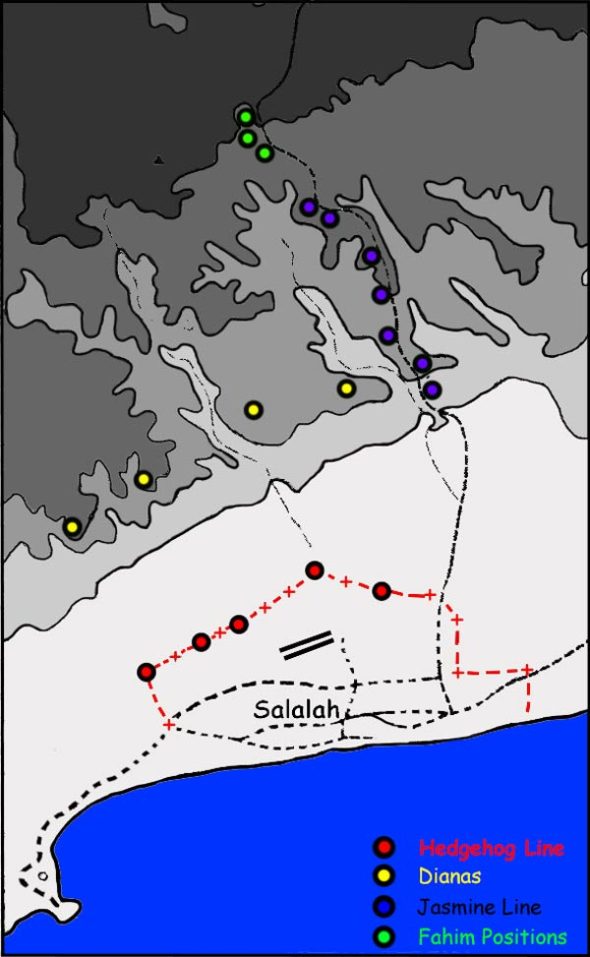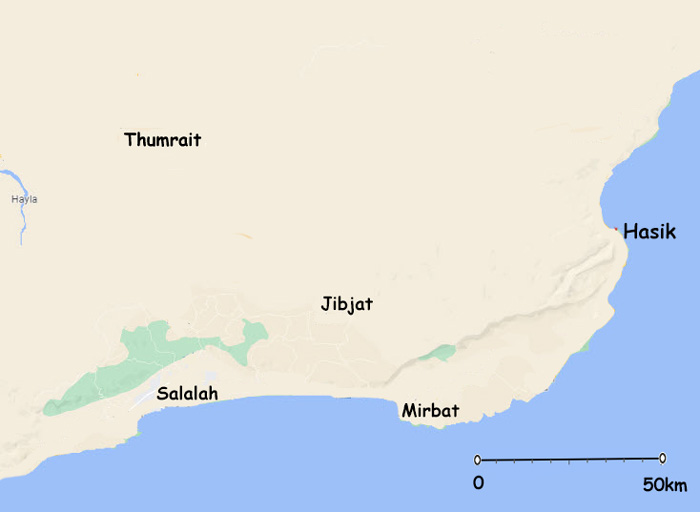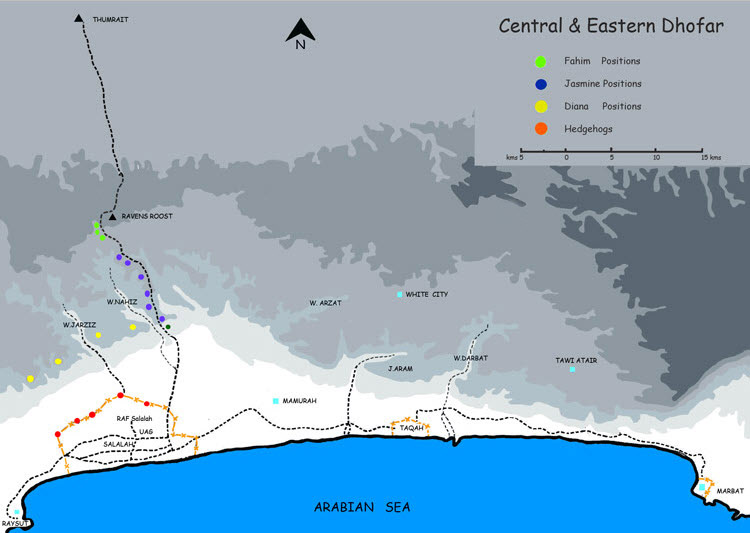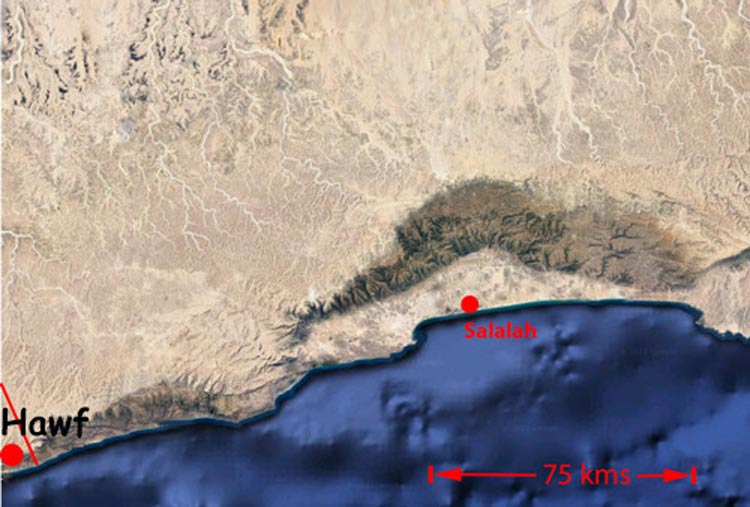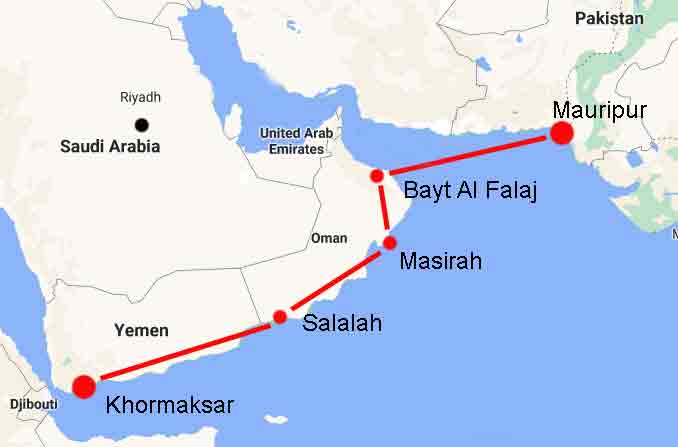
Air Threat to RAF Salalah
The sultan of Oman was especially concerned about how far the PDRY might escalate the war and quite what their intentions might be. He had mulled over what they might do and what he might do to counter them. He had communicated this to the British Ambassador in late February of 1972
On the 5th of May the PDRY forces in the fort at Habarut made an unprovoked attack on the Omani fort just across the border with machine guns and mortars. SOAF replied with air strikes on the machine gun and mortar positions. The Omani garrison was initially reinforced with half a company of Desert Regiment troops but it was soon abandoned in the face of continued bombardment. PFLOAG or PDRY troops later came over the border and destroyed the fort with explosives.
In the event that PDRY were prepared to compound their problems with their neighbours – they were in dispute with the Yemeni Arab Republic (YAR) and also there was a long running border dispute with the Saudis – and mount an air attack on Oman, what variety of aircraft did they have?
AIR DEFENCE of RAF SALALAH
Early in 1972 troop and air activity by People’s Democratic Republic of Yemen (PDRY) forces near the Oman border prompted the Sultan of Oman to request the provision of interceptor aircraft ‘”For an air defence system”. The activity was, however, assessed as a defensive response to operations near the border by the Sultan’s Armed Forces (SAF) and taking into account the expense and technical complications it was proposed to advise the Sultan against the acquisition of an air defence capability.Incidents on the PDRY/Oman border, which culminated in strikes by the Sultan of Oman’s Air Force (SOAF) on the rebel base at HAUF in PDRY, had increased the possibility of retaliatory air attacks by PDRY on the airfield at Salalah. This had again raised the problem of the air defence of the airfield and had led to requests for the UK to consider giving air defence and reconnaissance support to SOAF. It had been decided that the threat up to and during the monsoon, which lasts from late June to September, did not justify the deployment of UK air defence forces to Salalah. Unobtrusive reconnaissance, which had been authorised until mid-June, could have been resumed within 72 hours if the weather offered some chance of success. Should the need have arisen there were contingency plans for the deployment of Bofors 40mm guns and an air defence radar to Salalah within 72 hours. It was however possible that PDRY might use the monsoon period to build up their air strike capability. The implications of a possible increased threat after the end of the monsoon period therefore required study. A number of weapons systems were considered for use in the defense of the airfield ; Hawker Hunter, English Electric Ligntning, Tigercat variant of the Seacat, Blowpipe SAM, Rapier Missile, Bloodhound, and S269 radar.
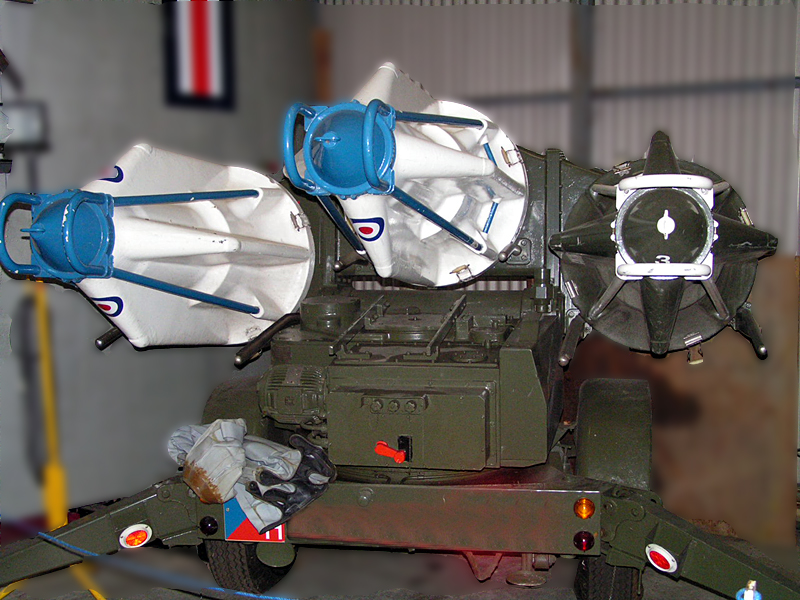
The then most recent assessment of the PDRY Air Force, concluded that it had a theoretical capability to mount a serious air attack on Salalah airfield with little or no warning (eg up to 26,400lbs of bombs and, allowing for unserviceability, perhaps 12 gun and cannon attacks). However, the JIC had assessed that in the present circumstances a sustained operation was most unlikely; the PDRY Air Force had neither the maintenance nor the logistic ability to support a sustained operation. A small-scale raid was similarly unlikely but, with all the uncertainties, could not be ruled out; however at that time, PDRY aircrew were unlikely to have had either the ability or the determination to carry out an effective attack.
Although the use of the four recently delivered Il-28s (two of which were the training version) against Salalah could not be ruled out, they were probably intended primarily to counter the threat from the Yemen Arab Republic, which had eight such aircraft. Since the JIC assessments were made it had been reported that the Russian crews who delivered the IL-28s had remained in Aden. Their retention confirmed the belief that no PDRY aircrew capable of flying the Il-28s were available. Since it would take time to train PDRY crews and since it was considered that Russian crews would not be used for operations outside the PDRY, there was no immediate threat from these aircraft. Intelligence indicated that PDRY crews might become available by until November 1972 at the earliest. There after the PDRY might be tempted to use an IL-28, perhaps by night, in a single high level bombing attack which would be safe front interception and could, however unconvincingly, be denied as being from the PDRY. However, the chances of such an attack and of it inflicting serious damage were equally small.
The Defence Secretary Oman supported the view that a PDRY air attack on Salalah would represent a major escalation which would probably cause unacceptable political difficulties for the PDRY Government. It might have involved PDYR in direct confrontation with the UK or incur the opposition of the Russians on whose technical backing air operations were dependent. Also, in addition to the likelihood of retaliation by SOAF against PDYR targets, they would have been unlikely to risk an extension of their military commitments in the East while they were heavily committed on their northern border.
A “Beagle” from the PDYR airforce did in fact drop eight bombs near Makinhat Shihan in November of 1973. There is no record of any casualties.
There had been some discussions relating to the defence of RAF Salalah from a potential threat by aircraft from the PDRY. The Defence Attache in Muscat -Col CE Welch- had arranged a drinks party for some SOAF Officers in February 1972 well before the attack on Hauf. He then prepared a short report on the question of the provision of air defence for the ambassador. The politicians were at that time much taken up with what was referred to as “The Salalah Hook”. They would be only too pleased to pull out of Salalah but did not want to lose the use of Masirah as a transit base or most importantly as a site for wireless intercept. The Sultan had them on the “hook”
At the end of the day of course you have to be able to afford the “kit”. The “old” sultan had very much been a man who paid up front and was not keen on credit and paying interest. The “new” sultan had much of this ingrained but when it came to the megabucks required for such military systems the sums required were not sitting in the bank at the bottom end of the souk in Salalah.
